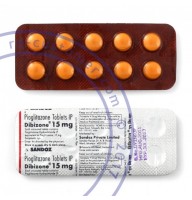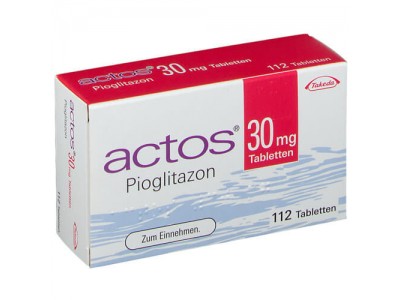Pioglitazone, marketed under the brand name Actos, works by improving insulin sensitivity in the body, primarily targeting muscle and adipose (fat) tissues. It belongs to the thiazolidinedione class of medications and exerts its effects through the activation of the peroxisome proliferator-activated receptor gamma (PPAR-γ), a nuclear receptor involved in the regulation of glucose and lipid metabolism.
When pioglitazone activates PPAR-γ, it initiates a series of genetic and metabolic changes that enhance the body's response to insulin. Specifically, this activation increases the expression of genes that facilitate the uptake and utilization of glucose by cells, particularly in muscle and adipose tissues. As a result, glucose is more effectively absorbed from the bloodstream into these tissues, thereby lowering blood sugar levels.
In addition to improving glucose uptake, pioglitazone also affects lipid metabolism. It promotes the storage of fatty acids in adipose tissue, which reduces the levels of circulating free fatty acids. Lower levels of free fatty acids contribute to improved insulin sensitivity because high levels of free fatty acids can interfere with insulin's ability to regulate glucose levels.
Furthermore, pioglitazone increases the levels of adiponectin, a hormone produced by fat cells that enhances insulin sensitivity and has anti-inflammatory properties. Higher adiponectin levels help further improve insulin sensitivity and contribute to better glycemic control.
By addressing insulin resistance, pioglitazone helps to manage blood glucose levels in individuals with type 2 diabetes. Unlike some other diabetes medications, pioglitazone does not increase insulin secretion from the pancreas, which means it has a lower risk of causing hypoglycemia (low blood sugar). Instead, it works by making the body's existing insulin more effective. This mechanism makes pioglitazone a valuable option for improving glycemic control in type 2 diabetes patients, particularly those who struggle with insulin resistance.

